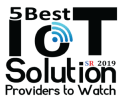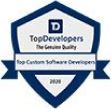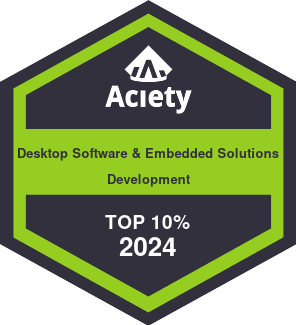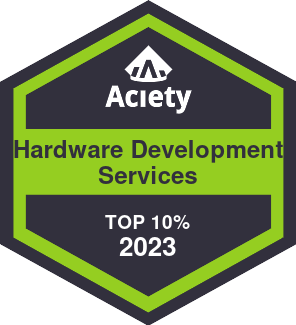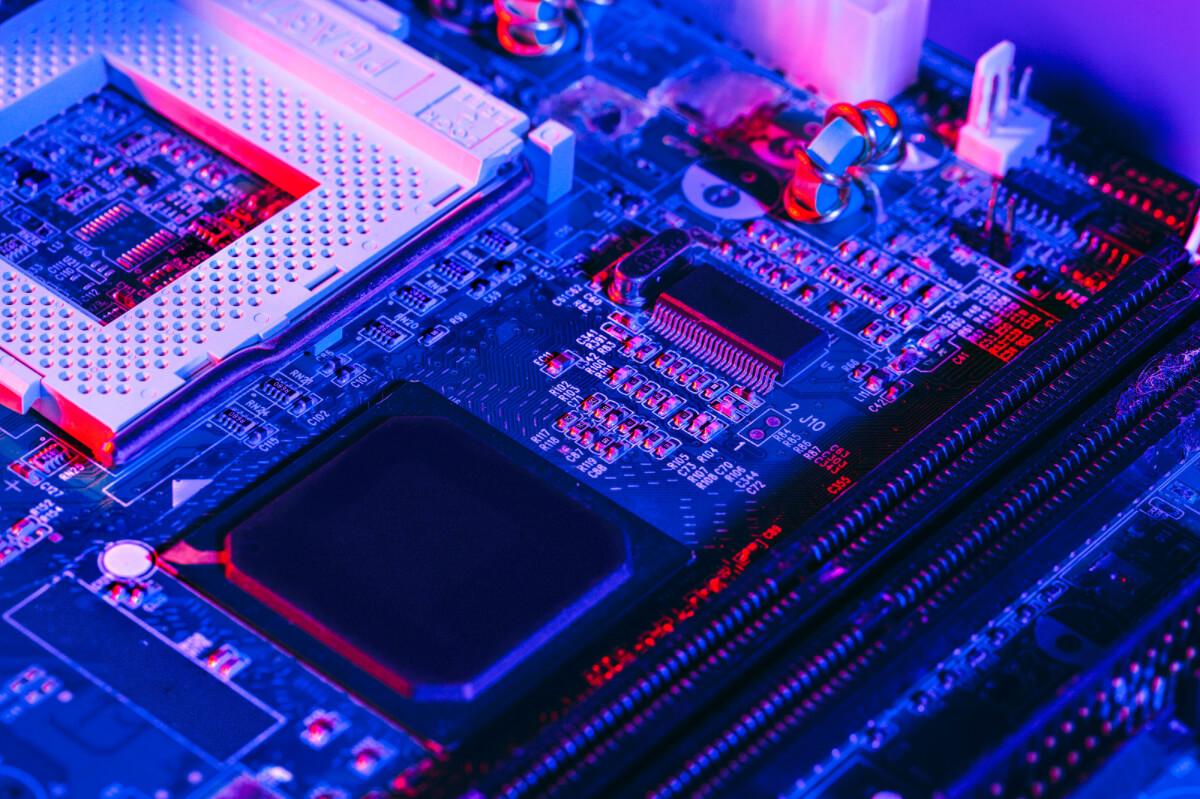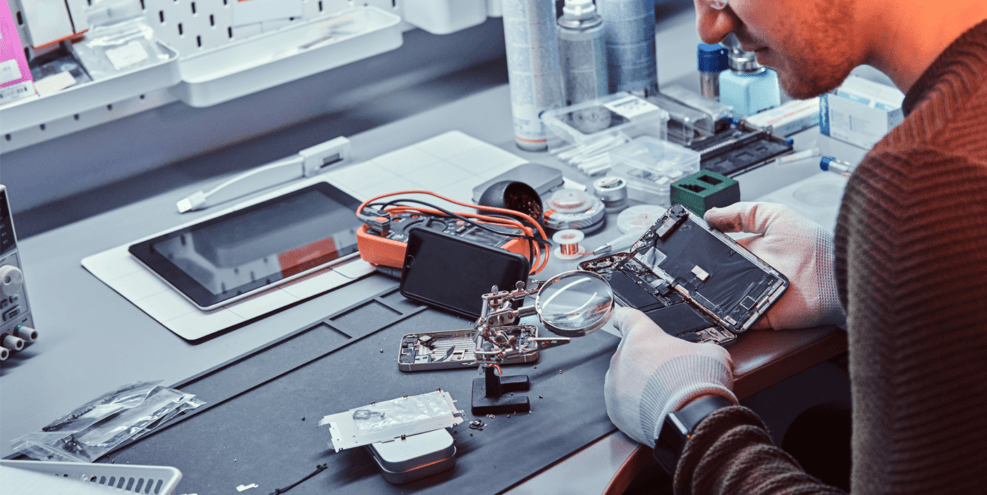
Consumer Electronics Industry
At Sirin Software, we excel in consumer electronics development, offering a step-by-step process from creation to production. We're skilled in complex tasks like PCB design and firmware coding, especially in IoT and smart appliances. Whether you're launching new devices or upgrading existing ones, our team delivers innovation and quality, underpinning our reputation for excellence.
Awards
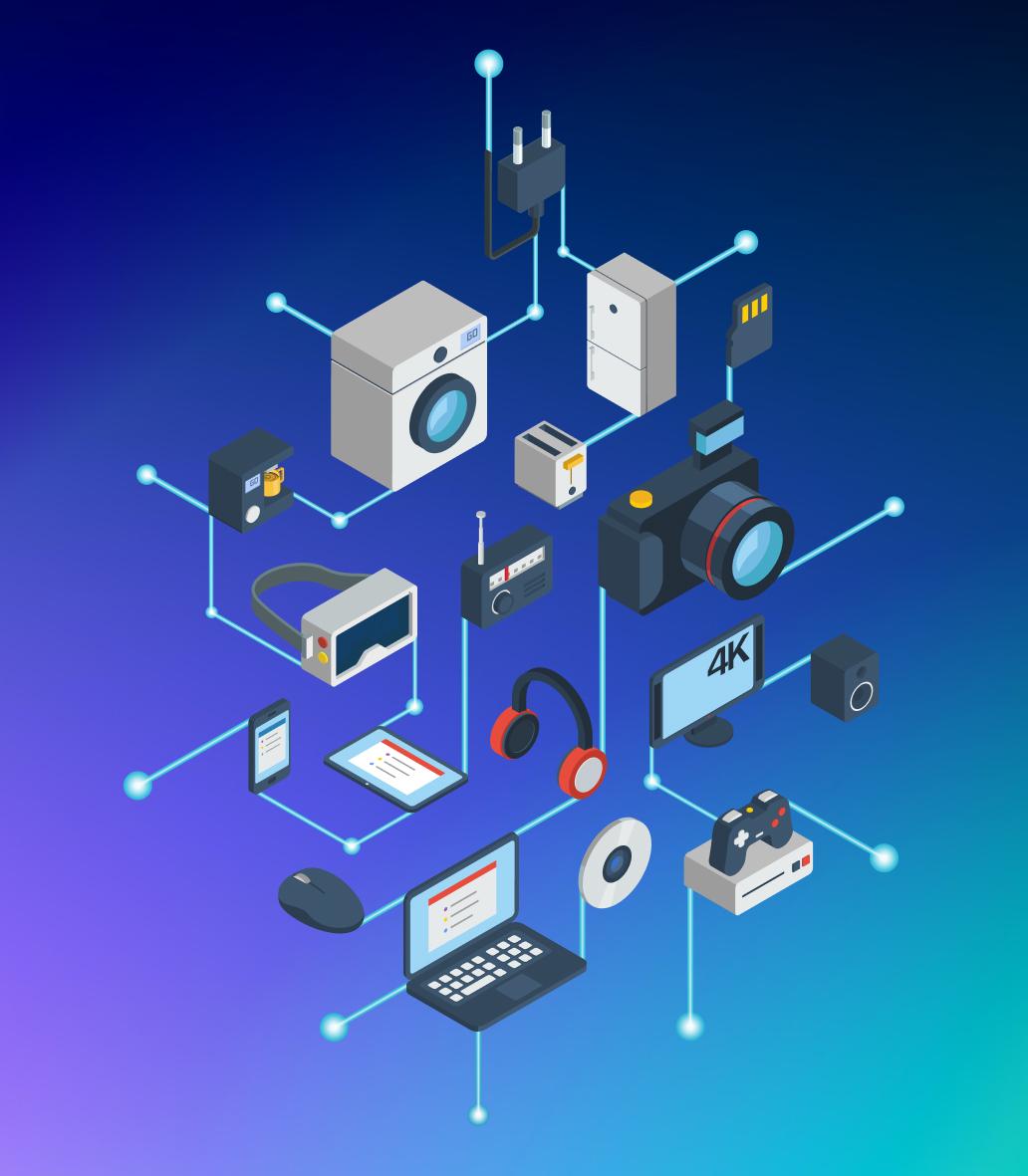
Consumer electronics are daily devices with complex engineering behind them. Take smart home systems, a focus area for Sirin Software. These devices integrate various elements: sensors for temperature or motion, microcontrollers for process management, and advanced firmware for seamless IoT communication. Or consider custom router firmware, another of our specialties. Routers contain ASICs for fast data routing, flash memory for firmware, and RAM for temporary data storage. Then, there are embedded systems in medical devices, with ARM-based microcontrollers, biosensors, and specialized firmware for accuracy and reliability. These aren't just gadgets, but sophisticated technological solutions, transforming industries and enhancing our lives.
What We Do
Smart Home Systems & Home Security Devices
Wearable Tech & Personal Assistants
Healthcare Devices & Eco-friendly Gadgets
Benefits of Working with Sirin Software
Cost Efficiency
Our custom solutions can be more cost-effective over time, avoiding unnecessary features and focusing on core functionalities.
Quality Assurance
We ensure high-quality products through rigorous testing and adherence to international standards, reducing potential risks.
Personalized Solutions
At Sirin Software, we use our expertise to meet unique customer needs, enhancing user experience and product value
Security Enhancement
We place a high priority on security, designing electronics that protect user data and resist cyber threats.
Sustainable Development
Our team supports sustainable practices, creating electronics that are energy-efficient and environmentally friendly.
Competitive Edge
Custom electronics provide businesses a competitive advantage, differentiating their products in the crowded market.
Success Stories
Firmware Upgrade for an Ultra-Wide Band Connection Provider
The solution that enables users to configure the existing device through a mobile application connected to the device via BLE.
Location
Western Europe
Industry
Consumer Electronics
Wireless Connection Manager For IoT-Enabled Consumer Electronics
The wireless configuration manager app is easily-installable and allows simple connection to the device, secure external connections, and complete lifecycle management.
Improving Connection Standards for a New Generation of Consumer Smartwatches
The solution improves smartwatches by lowering power consumption by 60%, improving device-server connection and GPS accuracy for accurate location monitoring.
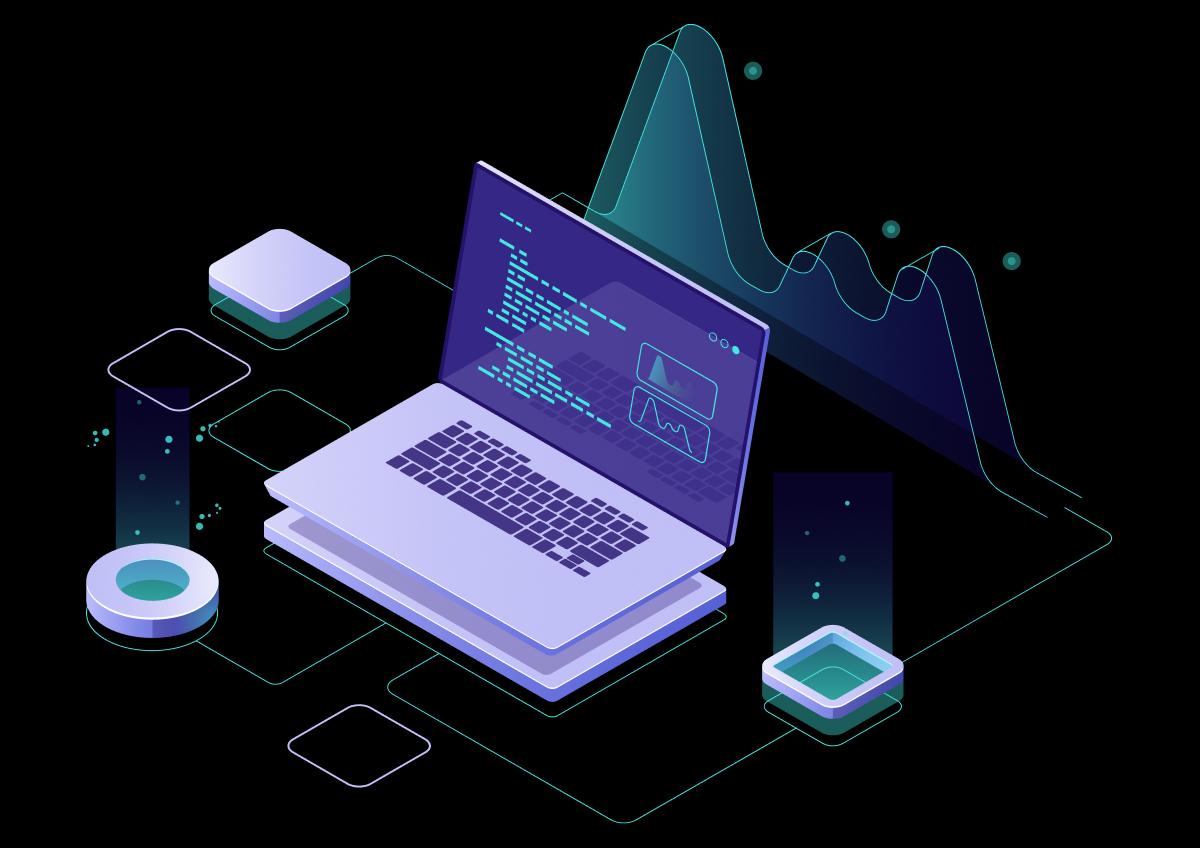
News
A quick look into Consumer Electronics Development
In today’s interconnected era, consumer electronics product development is fascinating and complex. This field’s significance is far-reaching, as it intertwines engineering, design, and user experience to create products that have become integral to our lives. The rapid pace of technological advancement propels this discipline, with innovation as its driving force.
The Intricate Process of Electronics Design
The journey of consumer electronics product design and development is multilayered and meticulously detailed. The process begins with conceptualization and ideation. This phase is where brainstorming takes place, key features are defined, and the potential user experience is considered. The product’s likely market impact and the competitive landscape are also evaluated. We approach this stage with a perfect blend of creativity and practicality, ensuring a strong foundation for the development process.
The next phase is the schematic design and PCB layout. The schematic design is essentially the blueprint of the electronic system, capturing the intended functionality in a series of detailed electrical designs. The PCB layout then translates this schematic design into a physical form, planning the precise placement of components on the PCB. This process involves intricate routing of electrical traces to ensure optimal performance and avoid signal interference. Our meticulous attention to detail during this stage lays the groundwork for a robust and reliable product.
The culmination of this process is prototype development and testing. This is where the envisioned product takes physical form for the first time. The prototype is then tested through rigorous testing to validate its functionality, user experience, and durability. Through iterative refinements, any design flaws identified are rectified, ensuring that the final product meets our high standards of quality and reliability.
The Role of Firmware in Consumer Electronics
Firmware forms the vital bridge between hardware and software in consumer electronics product development. This specialized software controls the device’s specific hardware, providing the low-level control necessary to function as intended. Firmware is often considered the ‘soul’ of the device, enabling user interaction and governing device behavior.
The firmware development and integration process is a key part of our consumer electronics product design services. This stage involves writing code that directly interacts with and controls the hardware. Once developed, the firmware is integrated with the hardware. This integration is where the design converges with functionality, marking a significant milestone in the product development cycle.
Case Study: Development of a Smart Home Device
The practical application of our consumer electronics product development services can be best illustrated through a real-world example: the development of a smart home device. This project was a challenge, not just in terms of hardware and firmware design, but also in terms of user interface and experience design. The device was intended to function seamlessly within an IoT environment, demanding a perfect balance of performance, power consumption, and wireless connectivity. Our consumer electronics product design team took a systematic approach, optimizing the design to meet these demands while ensuring a user-friendly experience.
The firmware development for this device was a challenge in itself. Ensuring smooth device communication, managing sensor data, and providing a responsive user interface required robust and reliable firmware. Here, our portable electronics product design services played a key role. We developed custom firmware that not only ensured seamless operation but also delivered an intuitive user experience.
Final Thoughts: The future
The landscape of consumer electronics product development stands at the cusp of a remarkable era characterized by rapid growth and unprecedented innovation. As a distinguished consumer electronics product development company, we remain deeply engaged with these exhilarating progressions, paving the way for transformative electronic products that will shape our collective future.
FAQ
1. What is consumer electronics design?
It is a process that involves creating the look, feel, and functionality of electronic devices used by consumers. At Sirin Software, we focus on creating designs that are user-friendly, aesthetically pleasing, and technologically advanced. We consider every aspect from the device's physical appearance to its user interface, ensuring a seamless experience for the end-user.
2. How does integration work?
Integration in the consumer electronics industry involves combining different technologies to create a cohesive system. For example, we might integrate a smart home device with a mobile app, allowing users to control the device remotely. Our team has extensive experience with various technologies, enabling us to create integrated solutions that meet our client's specific needs.
3. What are consumer electronics applications?
Consumer electronics applications refer to the various uses of consumer electronics. These can range from entertainment (like gaming consoles and TVs), to productivity (like laptops and smartphones), to health and wellness (like fitness trackers). At Sirin Software, we have the capability to develop a wide range of consumer electronics applications, tailored to the unique requirements of our clients.
4. How does the consumer electronics industry evolve?
This industry is constantly evolving, driven by technological advancements and changing consumer needs. We always stay ahead of these trends by continuously learning and adapting. We leverage the latest technologies, like IoT and AI, to create innovative products that meet the demands of today's consumers.
5. Can you customize consumer electronics design?
Customization is a key part of our approach. We understand that every client has unique needs, so we tailor our consumer electronics design process to meet those needs. Whether it's a specific feature, a unique user interface, or a particular aesthetic, we have the expertise to create a custom solution that aligns with your vision.
